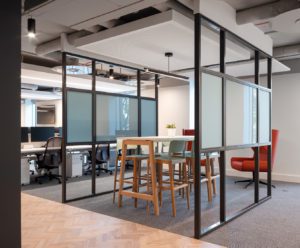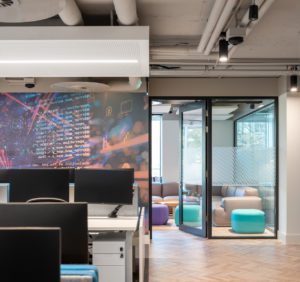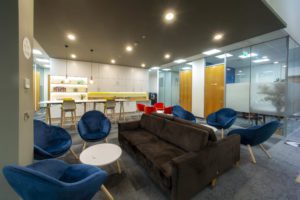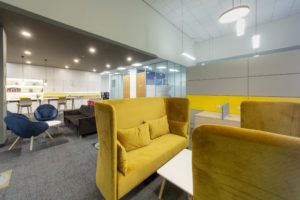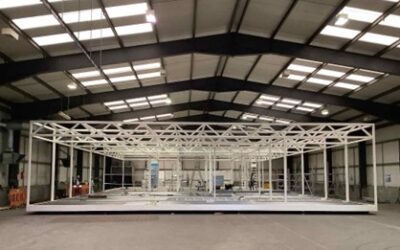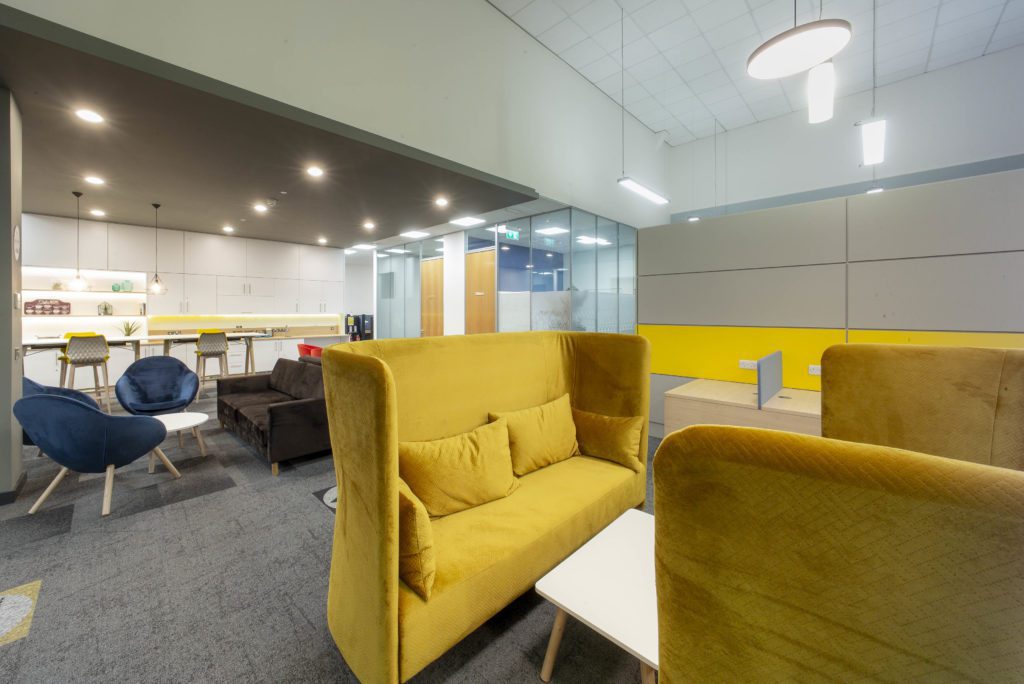
Surveys undertaken have shown 65% of employees are now wanting to return to the office in one form or another and the trends suggest that most companies are now adopting a “hybrid” model which embraces “working from home” and embedding it into their company’s philosophy and culture while also enticing people back into the office three days a week.
The Hybrid model provides benefits to both employers and employees alike. We all know the benefits of both as they are well documented, the office’s primary function is culture, mentoring, creativity, collaboration and staff retention while “WFH” allows flexibility and can provide a work/life balance.
As part of “enticing” people back to the office, companies are willing to repurpose the workplace providing a more agile, flexible, inclusive environment where creativity, collaboration and “Employee Wellbeing” can be found.
It’s important to instil confidence in employees prior to their return to the office. Ensuring covid measures are in place and providing complete transparency advising of the clean and safe working environment they will be coming back to. It’s best to give employees the option, choice and control over where they work to promote trust in working practices. The use of smart technology is also putting employers at an advantage. Having the appropriate software to ensure working from home is as efficient as being physically in an office, access to shared files/resources in real time.
In addition to the traditional desking areas, companies are now employing designers to create different environments within the workplace to appeal to all types of employee personalities both introvert and extrovert. Designing areas around stillness, quiet and intimacy will promote thoughtful thinking and consideration while areas designed to be vibrant, exciting and funky workspaces will promote collaboration and creativity. The goal should be to facilitate the different personalities.
It’s an exciting time for the commercial office sector and one that we are going to watch with interest.

